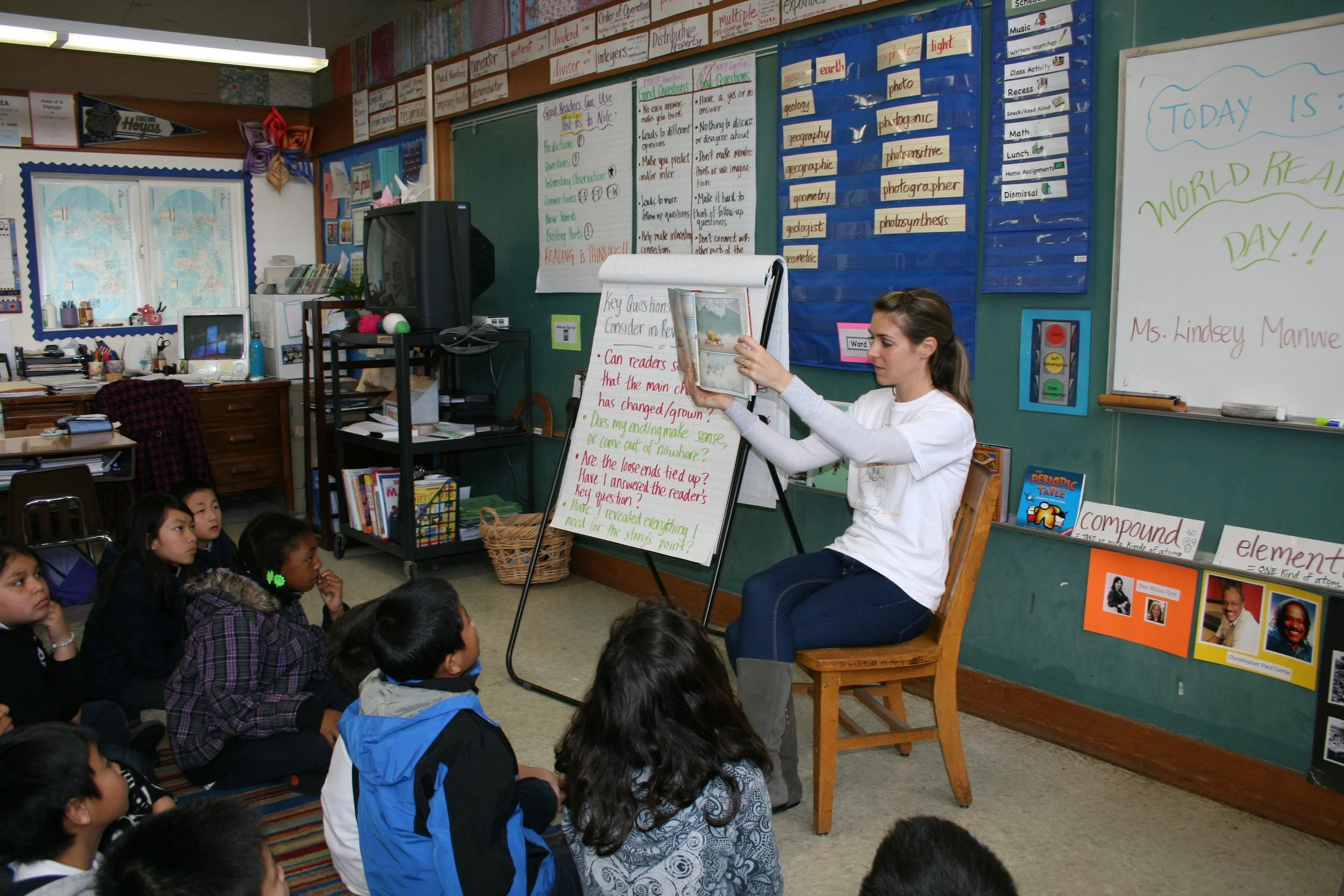As September gets closer and closer that special feeling of returning to school never fails to wash over us. This time of year brings back such fond and visceral memories. The smell of fresh autumn air, the energized, electric feeling that buzzed through campus and the feeling of unlimited possibilities awaiting us in the year ahead. Here are 5 ways to get your children excited to go back to school.
1. Share your own favorite back to school memories.
Bring your child closer to your history by sharing what made you the most excited about going back to school when you were your child's age. Think about your favorite teacher, a book that you studied that changed your world (or your mind) or something cool that you learned in science class. It be fun for your child to think about walking in your footsteps, and she will be eager to tell you about her own experience and to reflect on how classrooms are the same or different than when you were in school.
2. Delight in new responsibilities.
Responsibility is hugely exciting for children who are constantly looking up to older students, siblings and dreaming of the day that they will finally be "grown up" enough to do all the things their role models can do. Talk about the unique experience of a second grader (or third grader, or fifth...) with you child. "You're becoming a leader at your school. This year you can be a younger student's reading buddy!" "I can't wait to come and watch the fifth grade muscial." Reach out to your child's teacher if you need specific examples, and pair academic growth with new responsibilities at home for extra excitement.
3. Read aloud back-to-school themed books.
Use your daily read aloud to share books about other children's (or animal's) experience at school. This will ease any anxiety or nervousness your child feels about returning to school when he sees that the characters he loves and admires share his feelings. Some LitWorld favorites include "Chrysanthemum" by Kevin Henkes and "Pete the Cat: Rocking in My School Shoes" by Eric Litwin. For older children try "Wonder" by R.J. Palacio and of course, the Harry Potter series by J.K. Rowling. Ask your local librarian or bookstore owner for more suggestions!
4. Dear Future Self...
Ask your child to write down his dream for this school year. What does he hope to learn in class? How does he want his friends and teachers to describe him? What new clubs or teams will he join (or start)? Have him take these big goals and write a letter to his future self to be opened on the last day of the school year. This is great for personal goal setting, self-motivation and creating a positive, hopeful vision for the year ahead.
5. Go back prepared and ready to rock.
Reach out to your child's teacher to ask for some general details on this year's big learning goals, lessons and units. Give your child teasers about this information. "I heard that you're going to write an online blog about your favorite animal this year!" Take time to write a short book review or to learn a new fact that your child can share with his friends and teachers at school.















